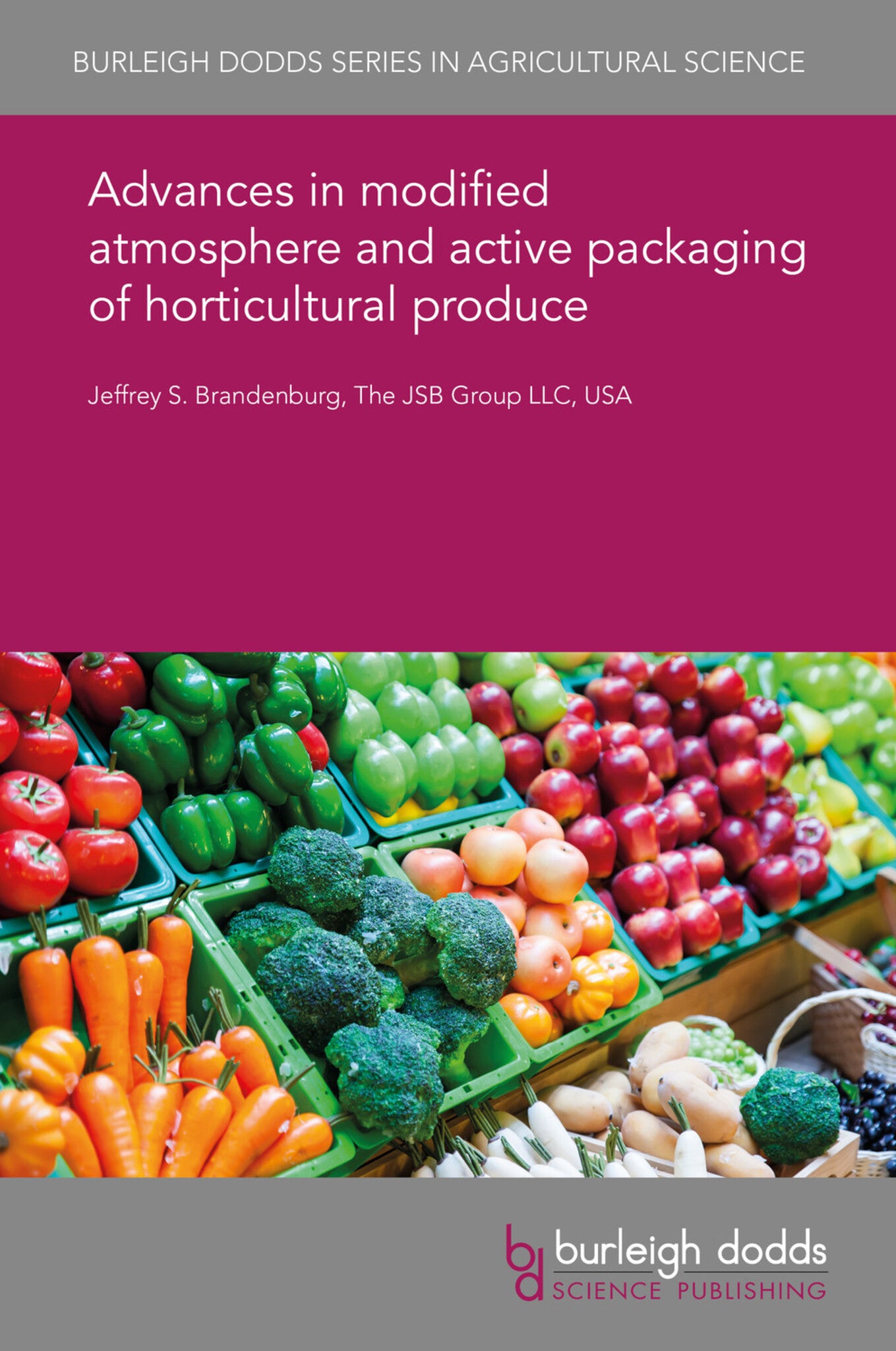We're sorry. An error has occurred
Please cancel or retry.
Advances in modified atmosphere and active packaging of horticultural produce
Regular price
£25.00
Sale price
£25.00
Regular price
£25.00
Unit price
/
per
Sale
Sold out
Re-stocking soon
The science and technology of modified atmosphere packaging (MAP), continues to expand not only within the industry but also in terms of the technologies that are becoming available. MAP has transi...
Read More

Some error occured while loading the Quick View. Please close the Quick View and try reloading the page.
Couldn't load pickup availability
- Format:
-
20 January 2020

The science and technology of modified atmosphere packaging (MAP), continues to expand not only within the industry but also in terms of the technologies that are becoming available. MAP has transitioned from a standalone technology to a platform where unique science and technologies can be incorporated directly into the system to address a wide range of specific needs within the fresh produce industry. MAP is a platform technology that continues to expand its role in the extension and optimization of fresh produce quality by allowing management of factors such as ethylene, moisture and antimicrobial action. However, the amount of improperly designed commercial packaging highlights the need for knowledge about the fundamentals and importance of MAP. In this chapter these fundamentals of MAP design are reviewed and a substantive update on the advancements of the technology are provided.

Price: £25.00
Publisher: Burleigh Dodds Science Publishing
Imprint: Burleigh Dodds Science Publishing
Series: Burleigh Dodds Series in Agricultural Science
Publication Date:
20 January 2020
ISBN: 9781838799878
Format: eBook
BISACs:
TECHNOLOGY & ENGINEERING / Agriculture / Sustainable Agriculture, Commercial horticulture, TECHNOLOGY & ENGINEERING / Agriculture / Agronomy / Crop Science, Sustainable agriculture, Agronomy and crop production

1 Introduction 2 Modified atmospheres 3 Fruit and vegetable senescence 4 Respiration rate quantification 5 Polymer engineering 6 Converting technology 7 Additive technologies 8 Applications 9 Conclusion and future trends 10 References



